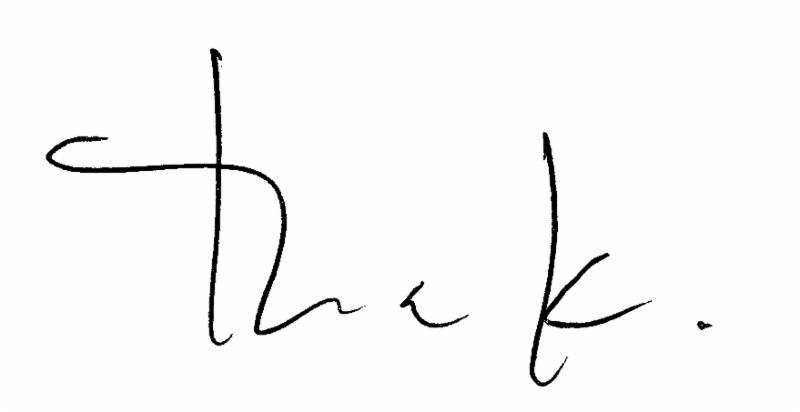Going outside in a pandemic can be a worrisome endeavor. Constant reminders of what you cannot control can easily destroy one’s sense of equilibrium.
And yet, the physiological benefits of being outdoors supports both mental and physical health. Reading the news weeks ago about the closing of so many national parks, I wondered: what happens when nature is off limits?
I was thinking especially about the shuttered Joshua Tree National Park in California, nearby artist Andrea Zittel’s Wagon Station Encampment which she describes as a cross “between a retreat, a residency, and a campground.” In our film on the project, an artist visiting the Encampment surmises that “everybody comes out to the desert for different reasons.” So what happens when nobody comes out to the desert? Does nature run wild? Do bird populations proliferate and the trees take over? Zittel admits: “Everybody has their desert fantasy.” She is talking about people inventing their own ways of living.
My fantasy of nature at the moment looks something like the sublime, where the great outdoors assume a new level of beauty, freedom, and wildness—what artist Jes Fan describes as the kind of sublime that emerges as “something so beautiful that you want to puke.”
While the opportunities to explore the great outdoors remain limited for the time being, we all yearn for it. Be they fantasy or reality, I hope that your outdoor excursions offer a moment to gain mental, physical, and especially, creative balance.

Tina Kukielski
Executive Director and Chief Curator
May 27, 2020
Deepen your connection to Art21
Playlist: Teaching with the Great Outdoors
In a new playlist, our senior education advisor Joe Fusaro collects seven Art21 films showing artists who find ways to work in—or work for—the benefit of the great outdoors.
“Our students have transformed areas in their homes into places that they use for learning and schoolwork each day,” he says, “and increasingly educators are looking toward getting students more physically engaged, in learning outdoors as well as indoors.”
In the Studio: Jes Fan
During his 2019 residency at the Bemis Center for Contemporary Arts in Omaha, Nebraska, Jes Fan spoke with us about considerations around the symbolism and economics of biological substances, as well as perceptions of race from nineteenth-century medical portraiture.
“I’m interested in how you expand upon that immediate association of matter that is symbolic of an identity. Why is testosterone symbolic of that? I’m also interested in using the economy. What does it mean for me to pay someone to make [melanin] for me, and to use that as art? I’m interested in the nuances and the philosophical significance in buying it and holding a tube of it in your hand. You know melanin is more expensive than gold, right? It’s $240 a gram.”
#Art21GreatestHits: Nick Cave in “Chicago”
We looked to you, our ever-passionate community of viewers, to help inspire our latest #Art21GreatestHits selection. Our segment on Nick Cave quickly became a perennial favorite amongst audiences since it premiered in 2016. Without fail, it’s among our most viewed and discussed videos every month.
The segment itself captures a favorite among those familiar with Nick Cave: his Soundsuits. In the film, Cave recalled the genesis of the body of work. “I was building this suit of armor,” he said, “something that I could shield myself from the world and society.”
Read more about this week’s #Art21GreatestHits pick on Instagram.
Thank you for supporting our work
I am grateful for the artists that remind us to reach inward to what our minds can envision. Art21 presents the voices, works, and ideas of some of the most influential artists of our time, and we need your help to continue inspiring viewers around the world. If you are able at this time, please donate to support the production of films and educational resources, all made accessible for free for years to come.



